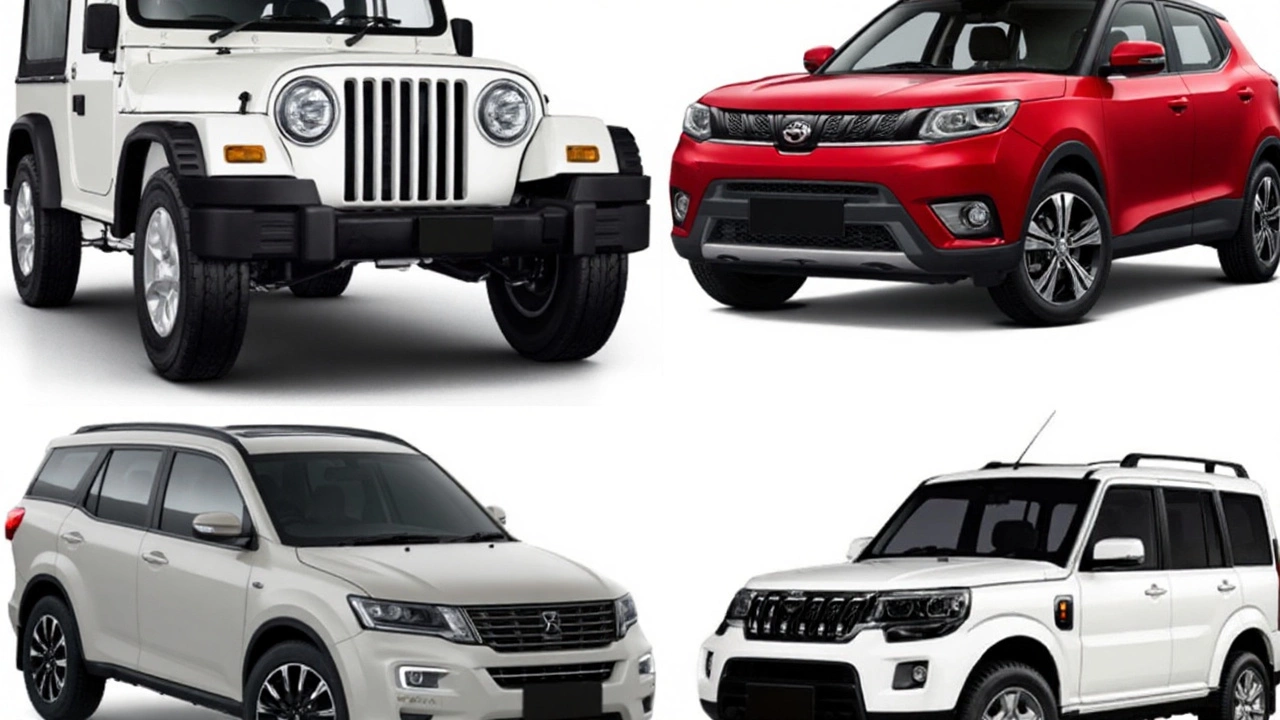Car Prices in India – What You Need to Know in 2025
Thinking about buying a car in India? You’re probably wondering how much you’ll actually spend. Prices have shifted a lot this year because of new taxes, fuel‑type changes, and the latest safety rules. Below you’ll find the most useful numbers and a few tricks to stretch your budget.
New Car Prices by Segment
Entry‑level hatchbacks like the Maruti Suzuki Alto or Renault Kwid start around ₹4 lakh and can go up to ₹6 lakh for a fully‑loaded version. If you need a bit more space, compact sedans such as the Hyundai Verna or Honda City sit in the ₹9‑12 lakh range. SUVs are the biggest spenders – a small SUV like the Kia Sonet costs roughly ₹8 lakh, while a mid‑size model such as the Tata Harrier reaches ₹18‑20 lakh. Luxury brands like Mercedes or BMW start above ₹45 lakh and can climb into the hundreds of lakhs for high‑end trims.
Fuel type matters, too. Diesel engines still carry a premium of about 10‑15 % because of the higher road tax. Hybrid and electric models add a surcharge for the battery pack, but they also qualify for government subsidies that can shave off ₹1‑2 lakh, depending on the state.
Used Car Prices and How to Save
The used‑car market is huge in India, and you can find good deals if you know where to look. A three‑year‑old Maruti Swift in good condition typically sells for ₹5‑7 lakh, while a five‑year‑old Hyundai Creta can be found around ₹10‑12 lakh. Prices drop faster for cars with high mileage, so aim for under 60,000 km if possible.
Before you sign any paper, check the service history, ask for a fresh pollution certificate, and get a quick mechanical inspection. These steps can prevent surprise repairs that would eat into your savings.
One smart trick is to time your purchase around festive seasons. Dealers often launch cash‑back offers or lower interest rates in October‑December and during the monsoon months when demand dips. Online marketplaces also list dealer‑to‑dealer transfers that can lower the price by 5‑7 %.
Financing costs can add up, so compare loan rates from banks, NBFCs, and the dealer’s own finance arm. A lower interest rate by even half a percent saves you a few thousand rupees over a three‑year loan.
Finally, remember that insurance and registration fees are part of the total cost. Choose a comprehensive policy that matches the car’s age – newer cars need higher coverage, older ones can get a lighter plan.
Whether you’re eyeing a fresh hatchback or hunting for a reliable used SUV, the key is to match the price with the features you truly need. Stick to the budget, do the homework, and you’ll drive away with a price you can feel good about.
Car prices slashed after GST 2.0: Mahindra, Tata, Hyundai, Toyota cut tags by up to Rs 3.49 lakh
After the 56th GST Council meeting on September 3, 2025, carmakers cut prices across popular models. Mahindra announced reductions up to Rs 1.56 lakh, Tata up to Rs 1.55 lakh, Hyundai up to Rs 2.4 lakh, and Toyota up to Rs 3.49 lakh. The cuts follow GST 2.0 rationalisation and are live at dealerships. Automakers say the full benefit is being passed on to buyers.
